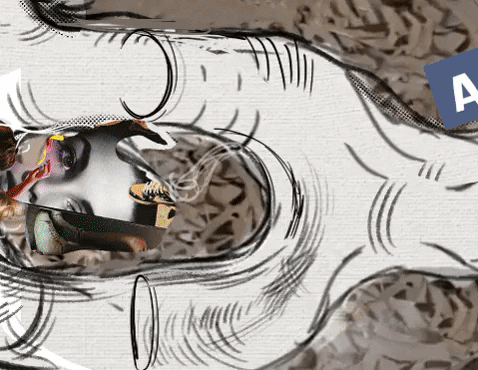Unveiling the Mysteries of Synesthesia: Exploring Rare and Common Phenomena
Synesthesia is a fascinating neurological phenomenon that blurs the boundaries between our senses, giving rise to extraordinary sensory experiences. In this article, we delve into the intriguing world of synesthesia, exploring both its rarest and most common forms. Prepare to be captivated as we uncover the mysteries behind this enigmatic condition.
What is the Rarest Synesthesia?
Within the realm of synesthesia, where sensory perceptions intertwine in remarkable ways, some manifestations are exceptionally rare. One of the rarest forms of synesthesia is lexical-gustatory synesthesia. This extraordinary phenomenon involves experiencing specific tastes and flavors triggered by hearing or reading words. Imagine the sensation of savoring the word “chocolate” or experiencing the tang of “lemon” simply through auditory or visual stimuli. Such a synesthetic experience is indeed a rarity, captivating the minds of researchers and leaving them eager to unlock its secrets.
What is the Most Common Cause of Synesthesia?
While the exact mechanisms behind synesthesia remain a subject of ongoing research, studies have provided valuable insights into its origins. The most common cause of synesthesia is believed to be genetic predisposition. Researchers have discovered that synesthesia tends to run in families, suggesting a hereditary component. Certain genetic variations and alterations may contribute to the development of synesthesia, providing individuals with an extraordinary sensory palette that sets them apart from the rest.
What is the Most Common Type of Synesthesia?
Among the myriad forms of synesthesia, one type stands out as the most prevalent: grapheme-color synesthesia. This fascinating phenomenon involves associating specific colors with letters or numbers. Imagine perceiving the letter “A” as always bathed in vibrant red or envisioning the number “5” as forever adorned in soothing green. Grapheme-color synesthesia is not only the most common type, but it also serves as a gateway into understanding the intricate connections between language, perception, and cognition.
What is the Rarest Form of Synesthesia?
While rare synesthetic experiences are scattered throughout the spectrum, one particular form stands out as exceptionally scarce: mirror-touch synesthesia. This extraordinary condition allows individuals to experience tactile sensations on their own bodies when witnessing others being touched. For someone with mirror-touch synesthesia, observing a gentle stroke across another person’s arm might elicit a gentle, almost phantom-like touch on their own arm. The rarity of mirror-touch synesthesia adds to its allure, captivating scientists who aim to unravel the intricacies of empathy and mirror neuron systems.
What is the Rarest Type of Synesthesia?
Within the vast tapestry of synesthetic phenomena, the rarest type is often considered to be time-unit synesthesia. This unique form intertwines the perception of time with various sensory experiences. For individuals with time-unit synesthesia, each unit of time, such as a day or a month, is associated with distinct sensory qualities. Days of the week might have specific colors, months may evoke particular smells, and even years might be experienced as having distinct textures. The scarcity of time-unit synesthesia highlights the multifaceted nature of synesthetic perception and the vast possibilities it holds.
How do I know if I have Synesthesia?
If you’ve ever wondered if you have synesthesia, there are a few key signs that can help you determine if you possess this fascinating sensory phenomenon. Firstly, consider whether you consistently experience involuntary and automatic associations between different senses. For example, do certain sounds consistently evoke specific colors in your mind? Additionally, reflecting on your experiences with vivid and consistent sensory perceptions triggered by external stimuli, such as letters, numbers, or music, can provide valuable insights. Another indication is if you find it challenging to separate or explain the sensory blending you experience to others. If these characteristics resonate with your own experiences, it’s possible that you may have synesthesia. Consulting with a medical professional or synesthesia researcher can help provide further clarity and validation. Embrace the uniqueness of your perceptions, as synesthesia unveils a rich tapestry of extraordinary sensory connections within the realms of your mind.
Conclusion
Synesthesia, with its extraordinary sensory mingling, continues to amaze and intrigue researchers and individuals alike. From the rarest manifestations like lexical-gustatory synesthesia to the more common experiences of grapheme-color synesthesia, each form offers a glimpse into the intricate workings of our perception. As we unlock the mysteries behind synesthesia, we unravel the depths of human sensory cognition, painting a vibrant and awe-inspiring picture of the diverse ways in which we perceive the world around us.



